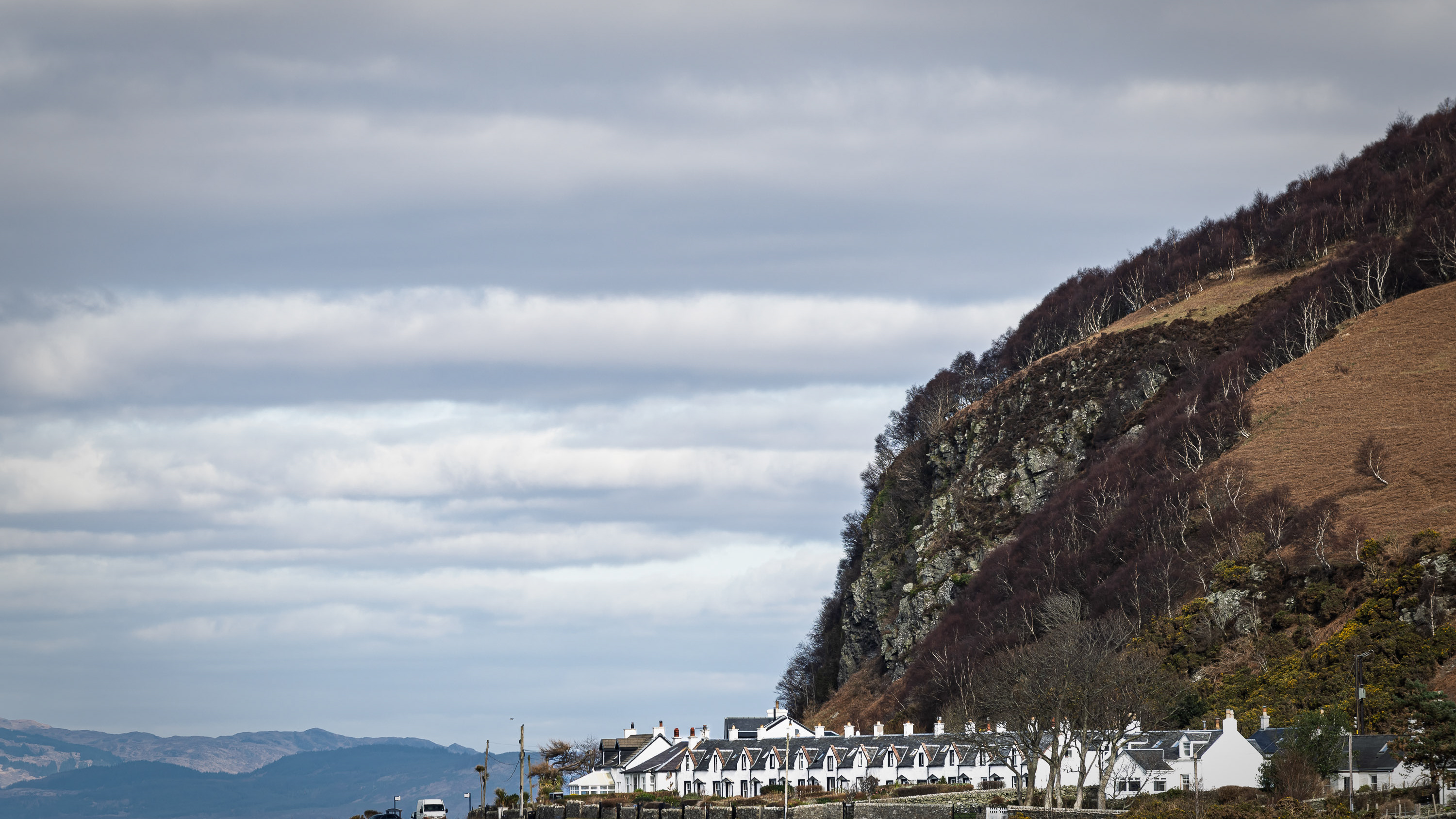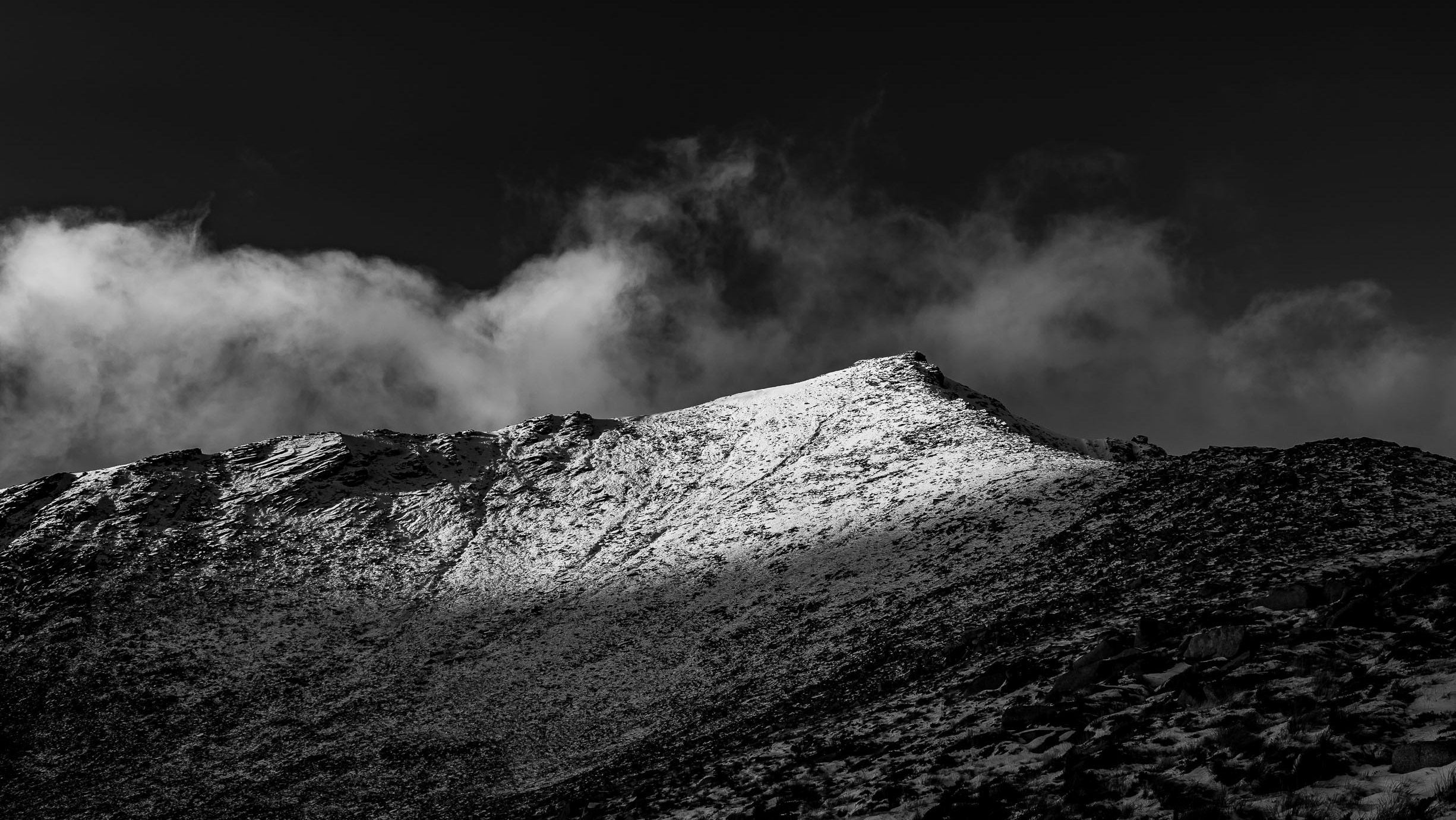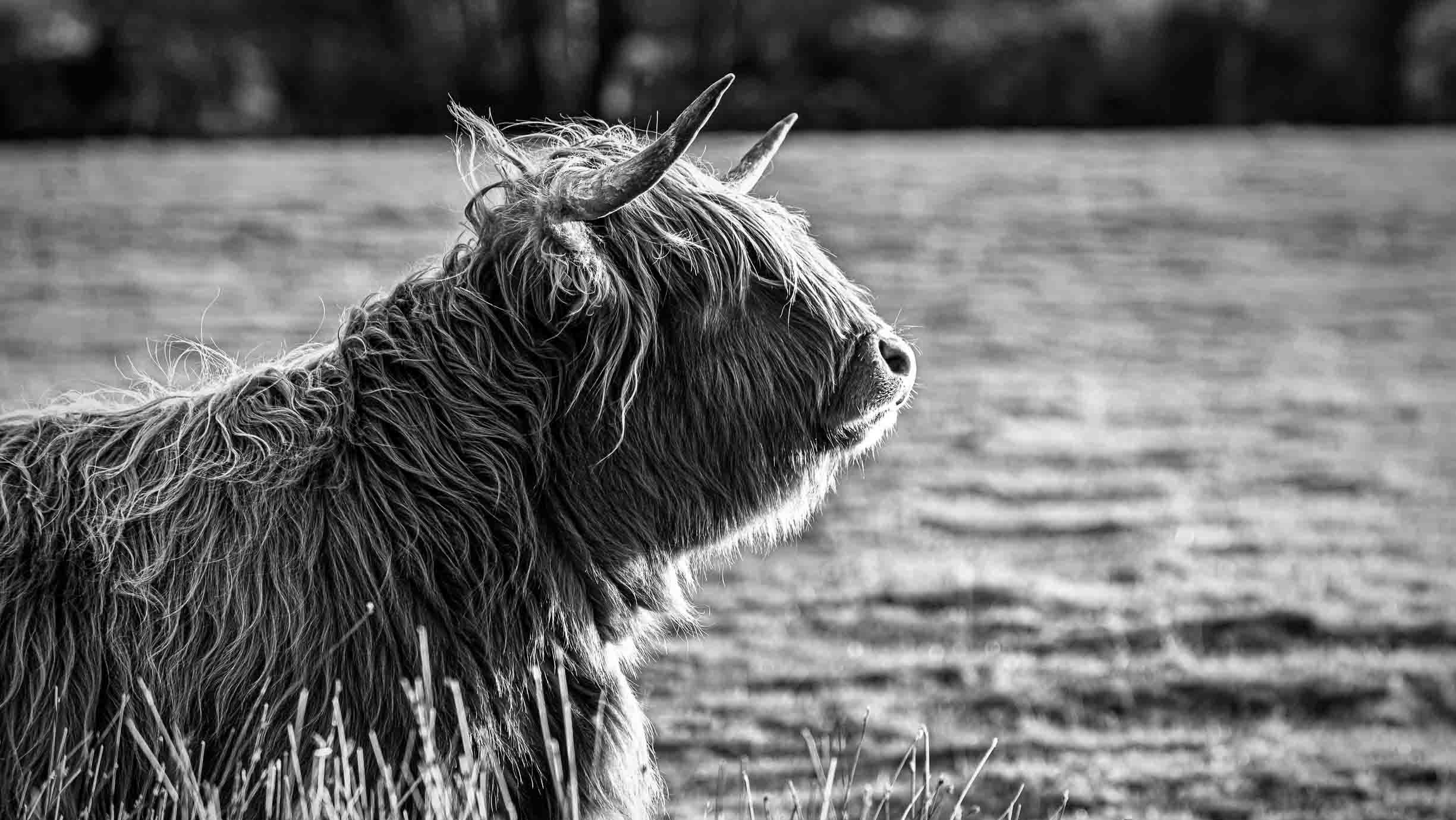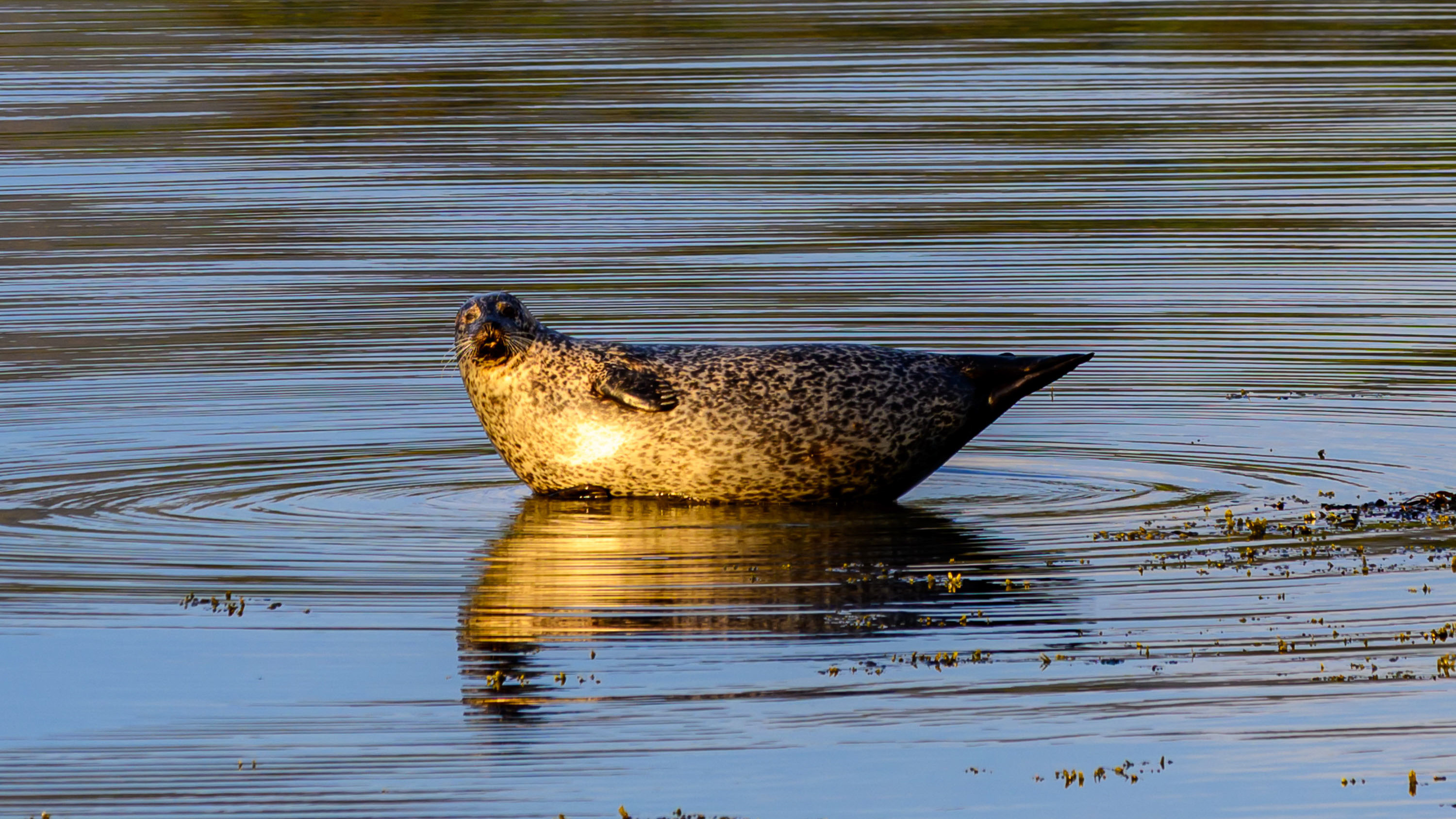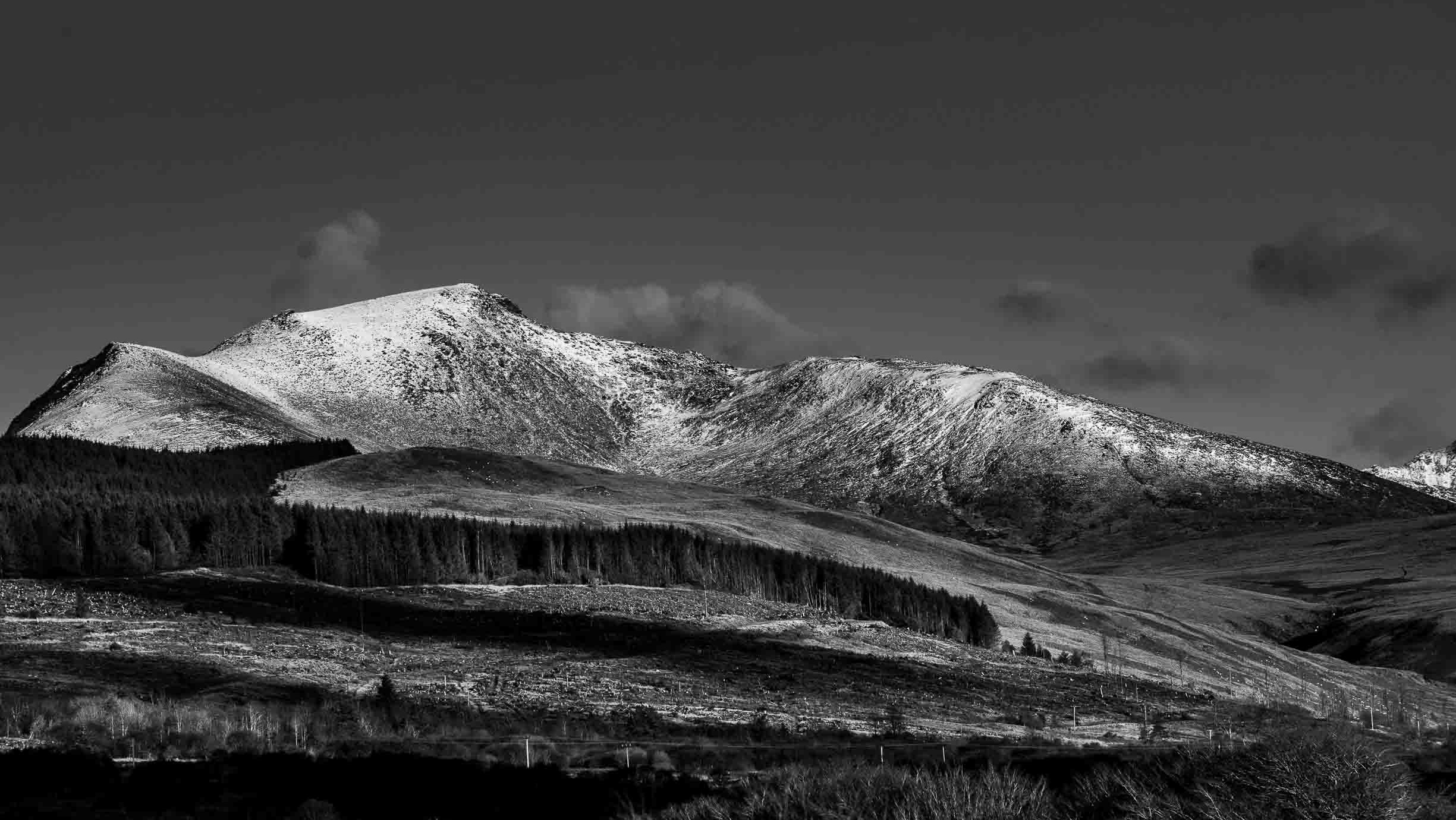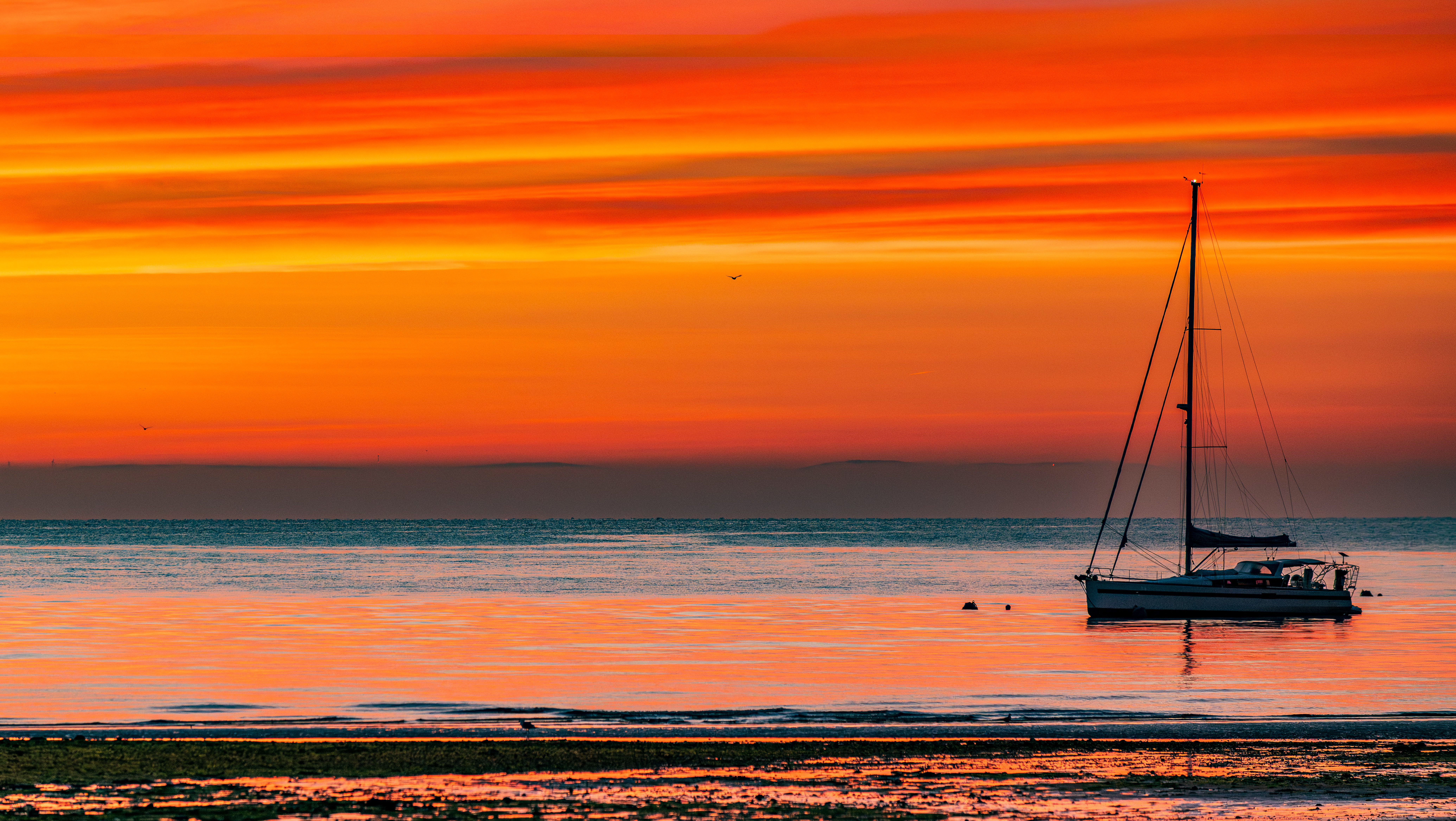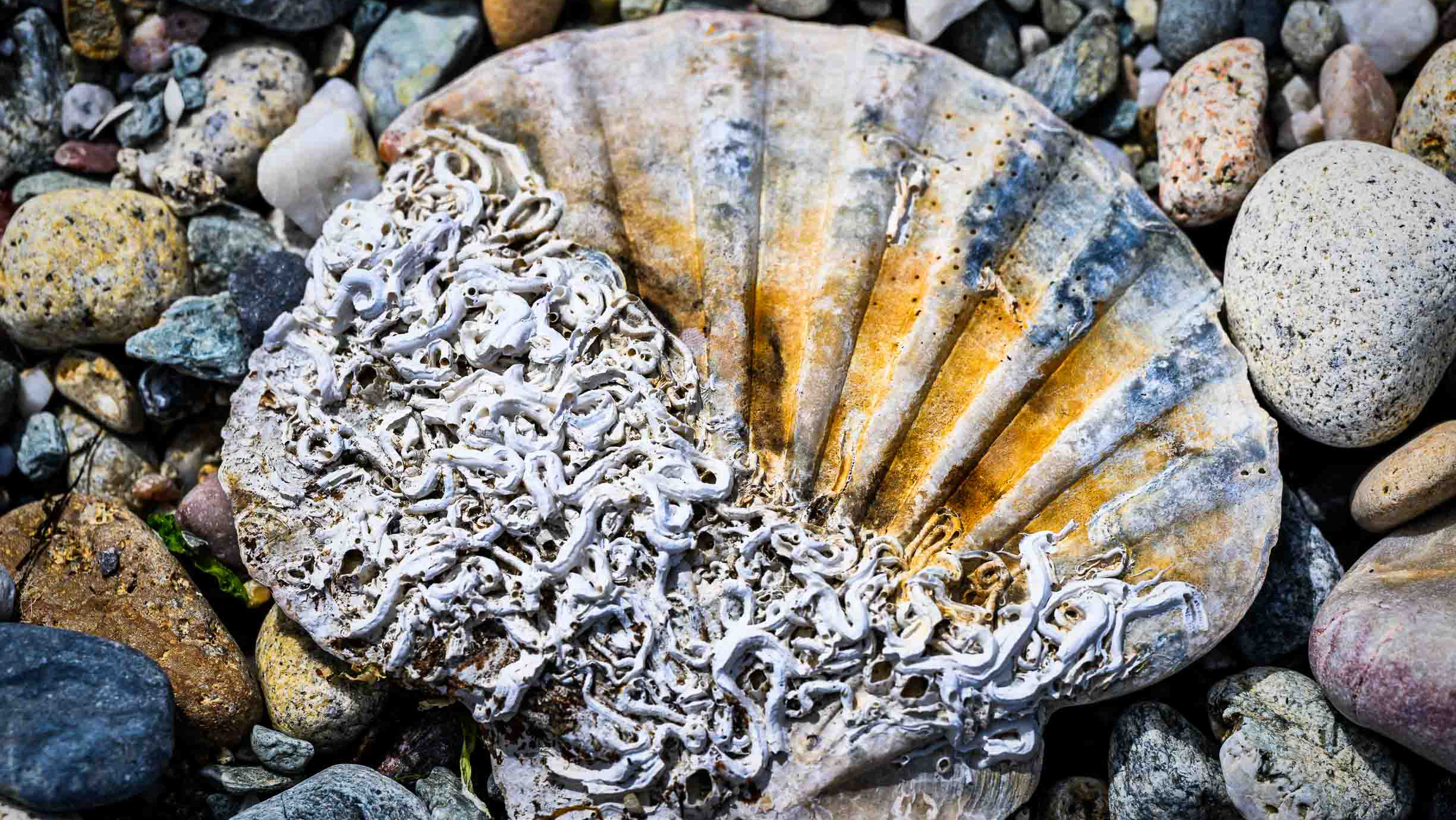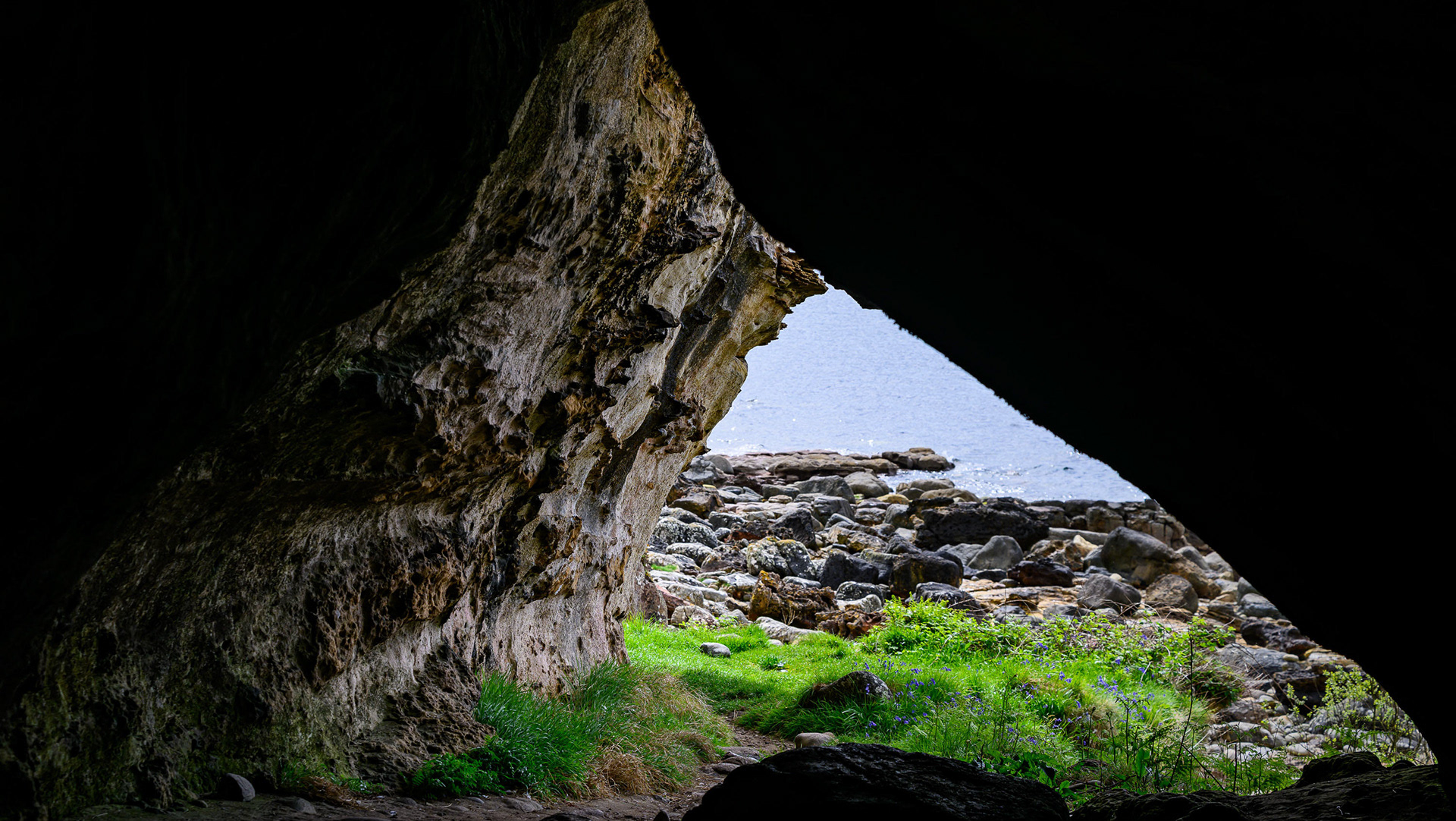There is a glen on Arran where the mountains stand like old guardians, their heads wrapped in cloud, their flanks scarred by ice and time. They call it Glen Rosa, though some say its name is older than memory, older even than the Gaelic tongue. To walk there is to walk into another world, a place where the land keeps its secrets and whispers them only to those who listen.
The burn runs bright and silver through its heart, tumbling over granite boulders. They say its waters were once blessed by the fair folk, the sìthichean, who dwelt in the high corries above. On moonlit nights, travellers claimed to hear music floating down with the wind, a thin, sweet tune, neither human nor bird. Those who followed it often found themselves lost in the mist, only to wake at dawn in some hollow they had never seen before.
Long ago, the people of Arran drove their cattle into the glen each summer. Families built little turf huts, shielings, where they lived while the beasts grew fat on mountain grass. The smoke of their fires curled up to the ridges, and the valley rang with laughter and song. But it was said that not all the voices belonged to the living. Many told of glimpsing pale figures by the burn at dusk, washing their clothes in the cold water. Some swore these were the bean nighe, the washer-women of the fairies, who foretold death. Others said they were simply the shades of those who once called Glen Rosa home.
Time passed, and the people were driven from the glen. The landlords saw more profit in sheep than in families, and so the cottages fell silent, the fields grew wild. Those who left for Glasgow or faraway Canada were said never to forget the valley of their childhood, and some believed their souls returned here when they died, to wander once more among the heather and the stones. Even today, when the wind comes rushing down from Cir Mhòr, it carries with it a low, mournful note, the lament of the dispossessed.
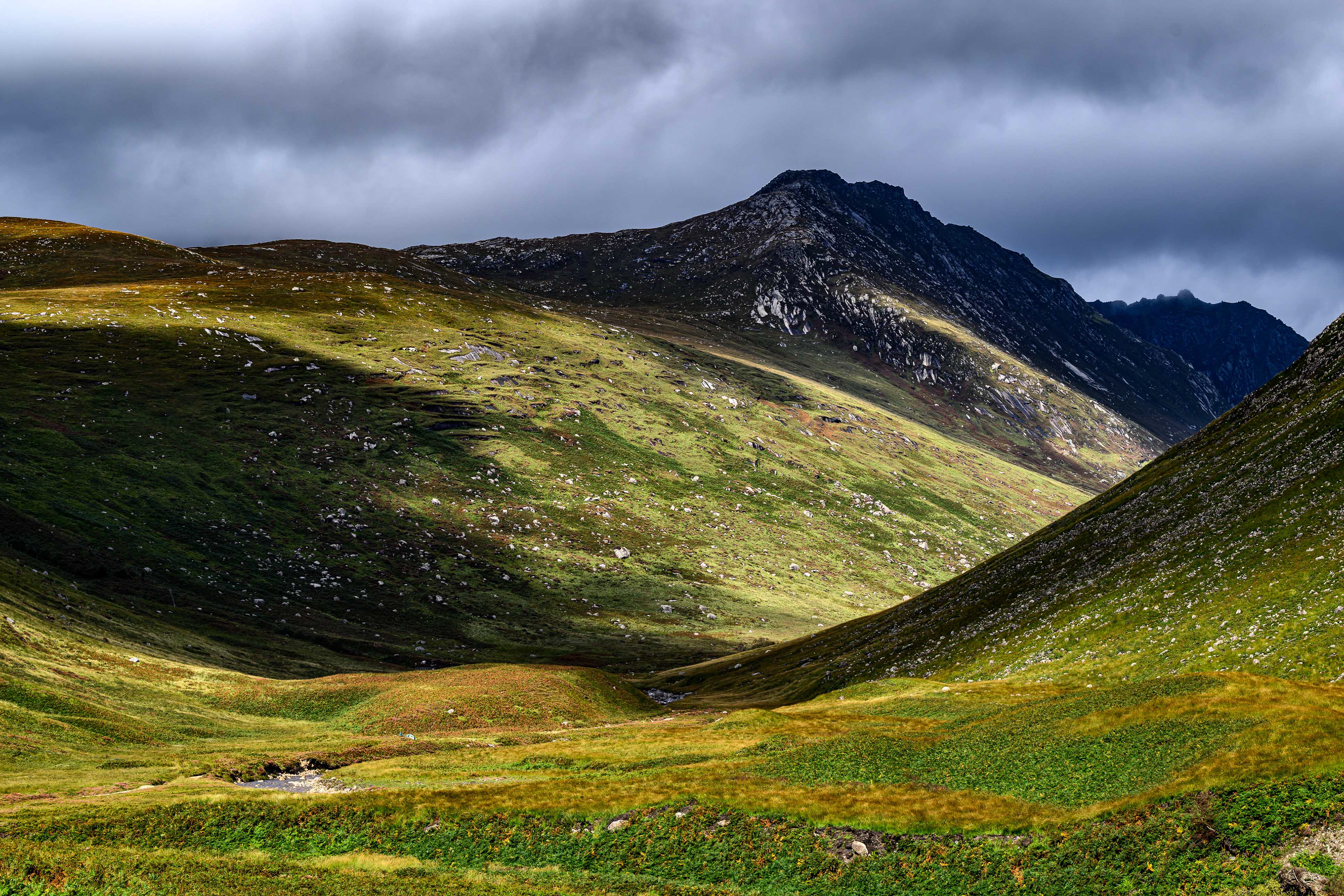
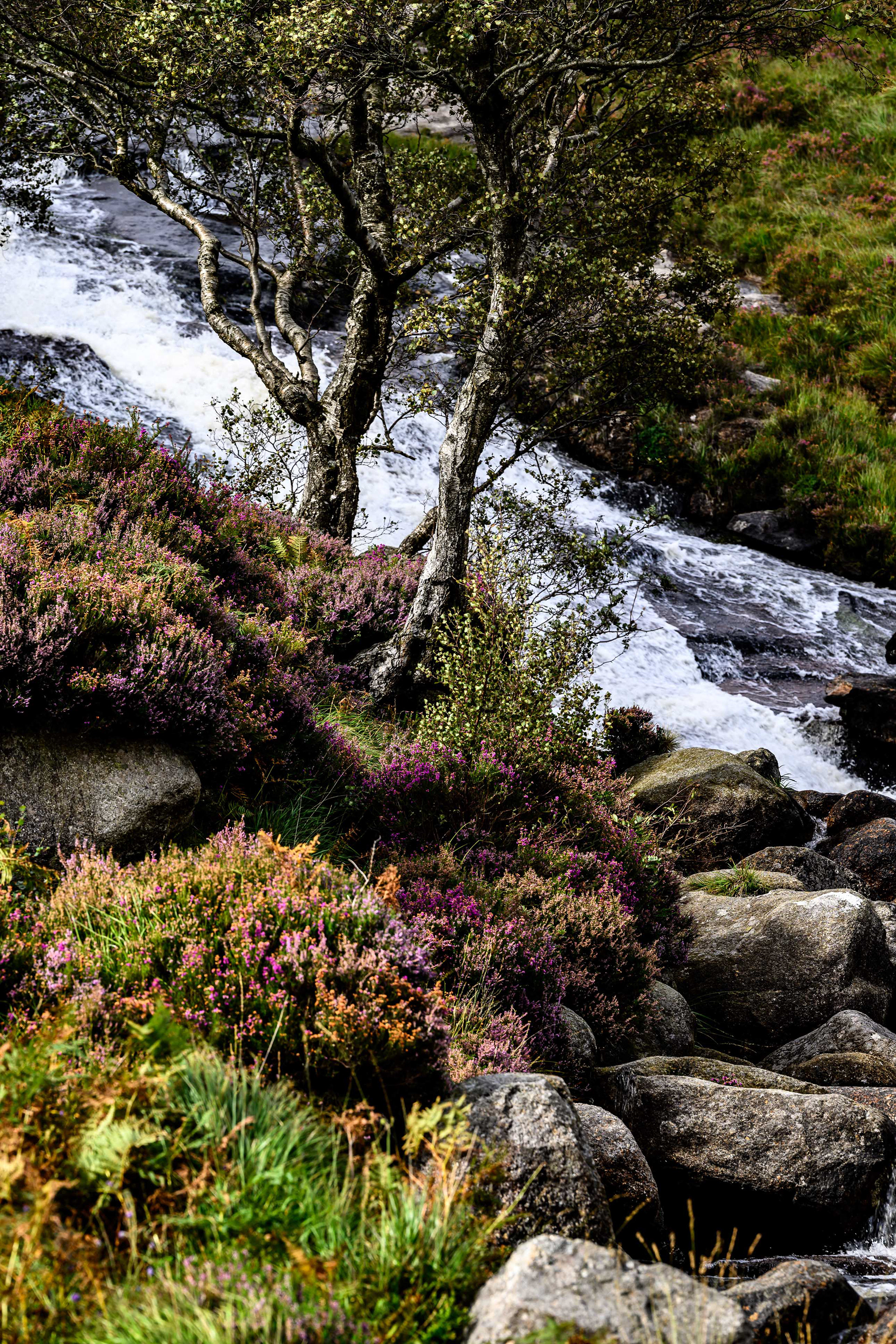
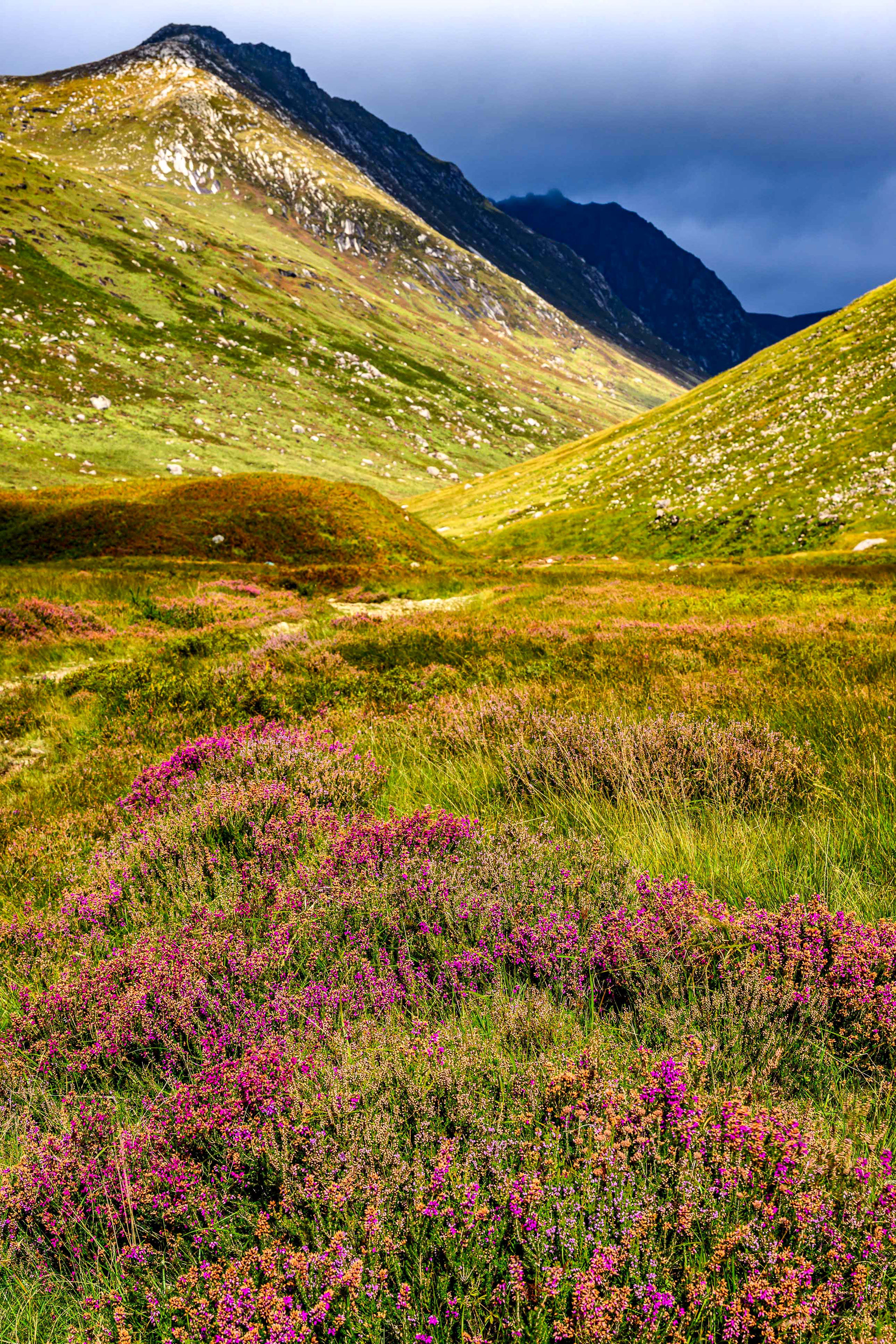
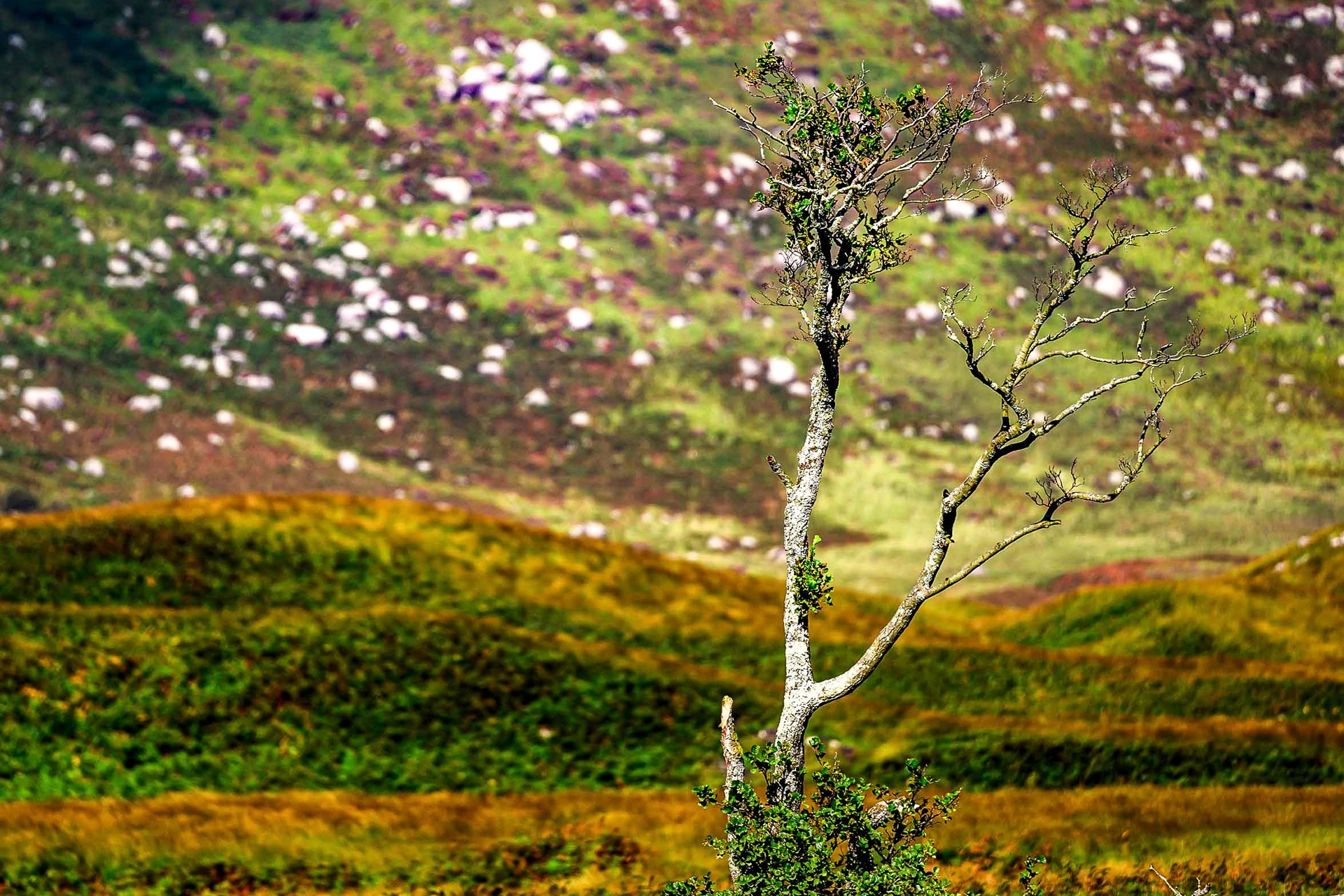
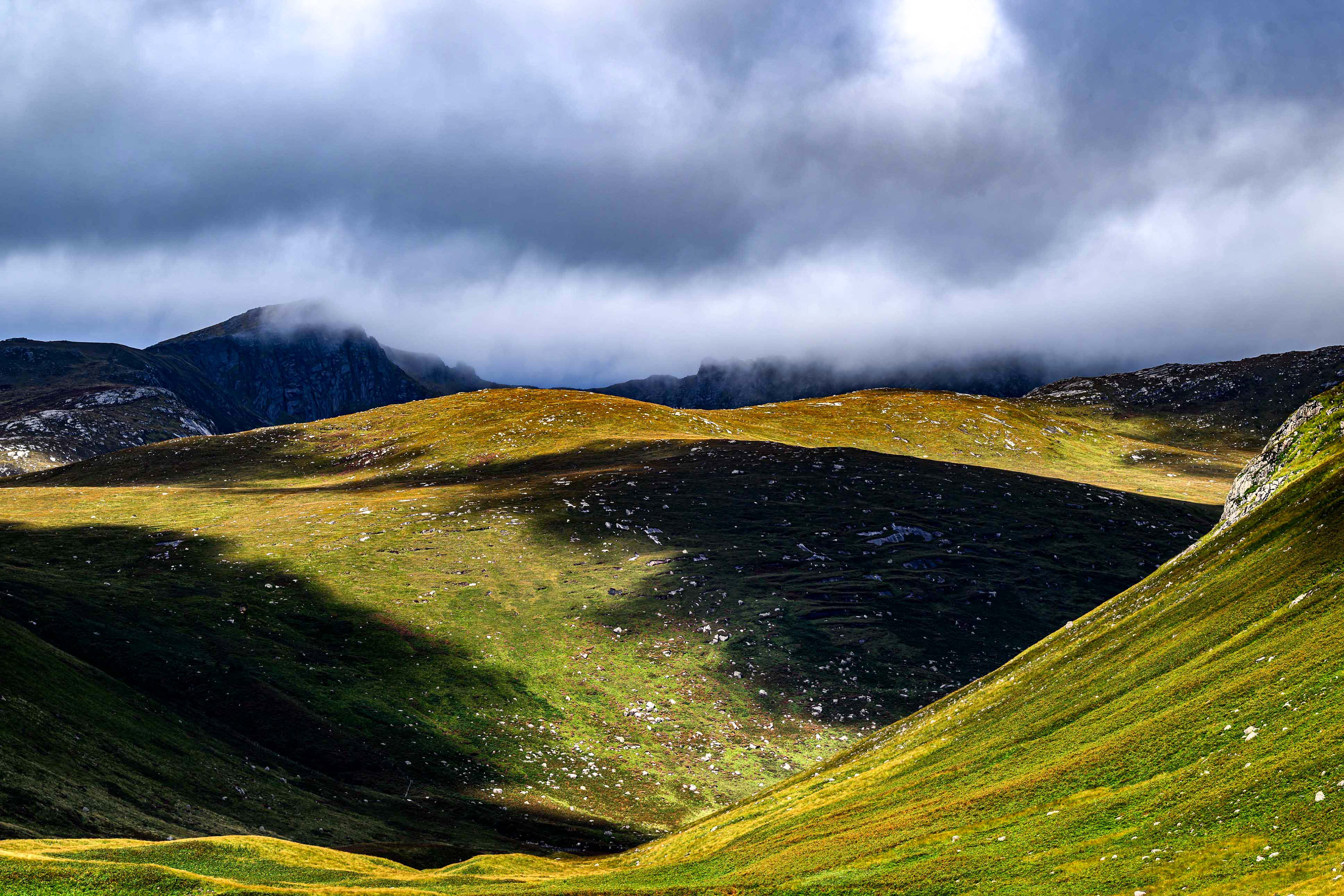
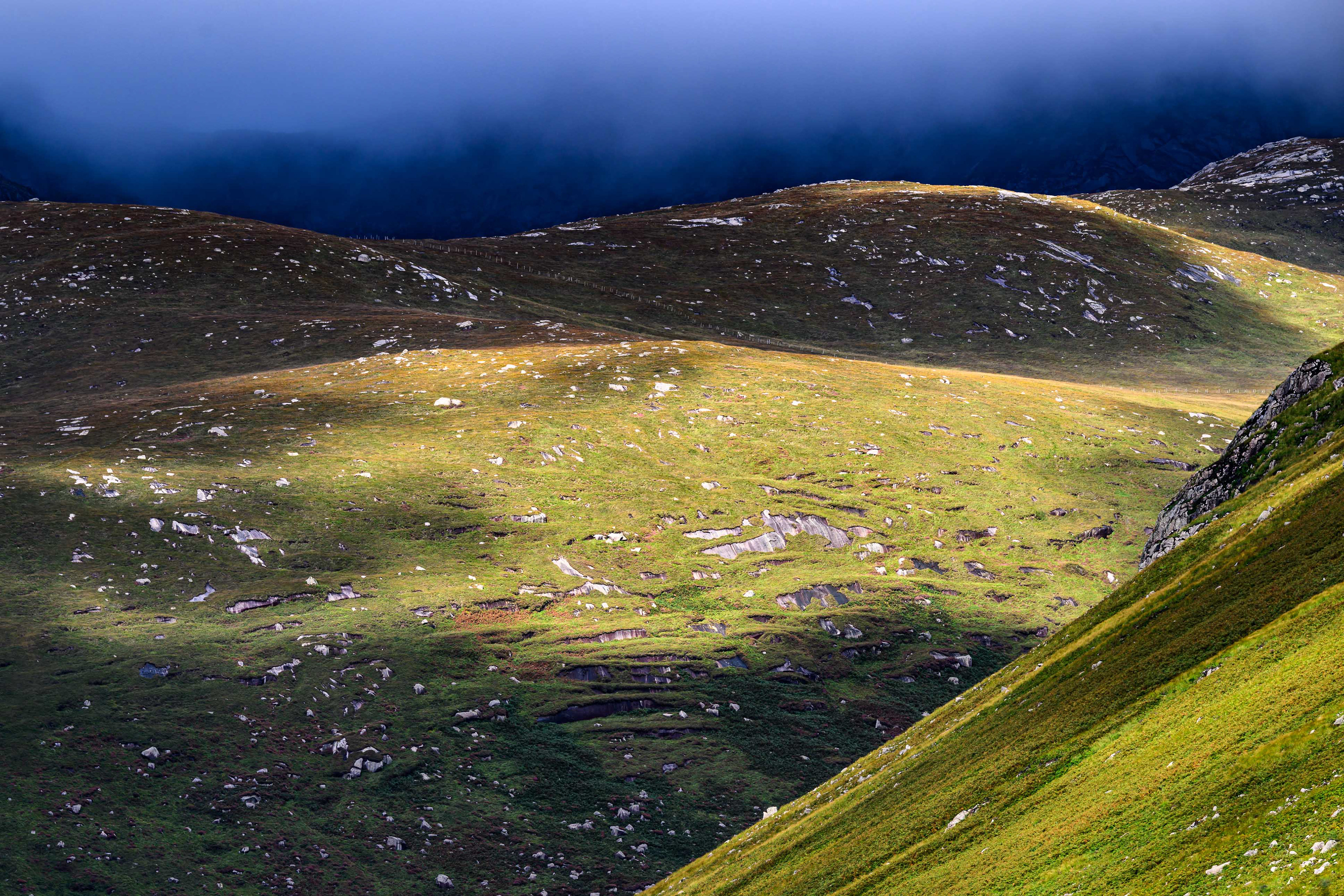
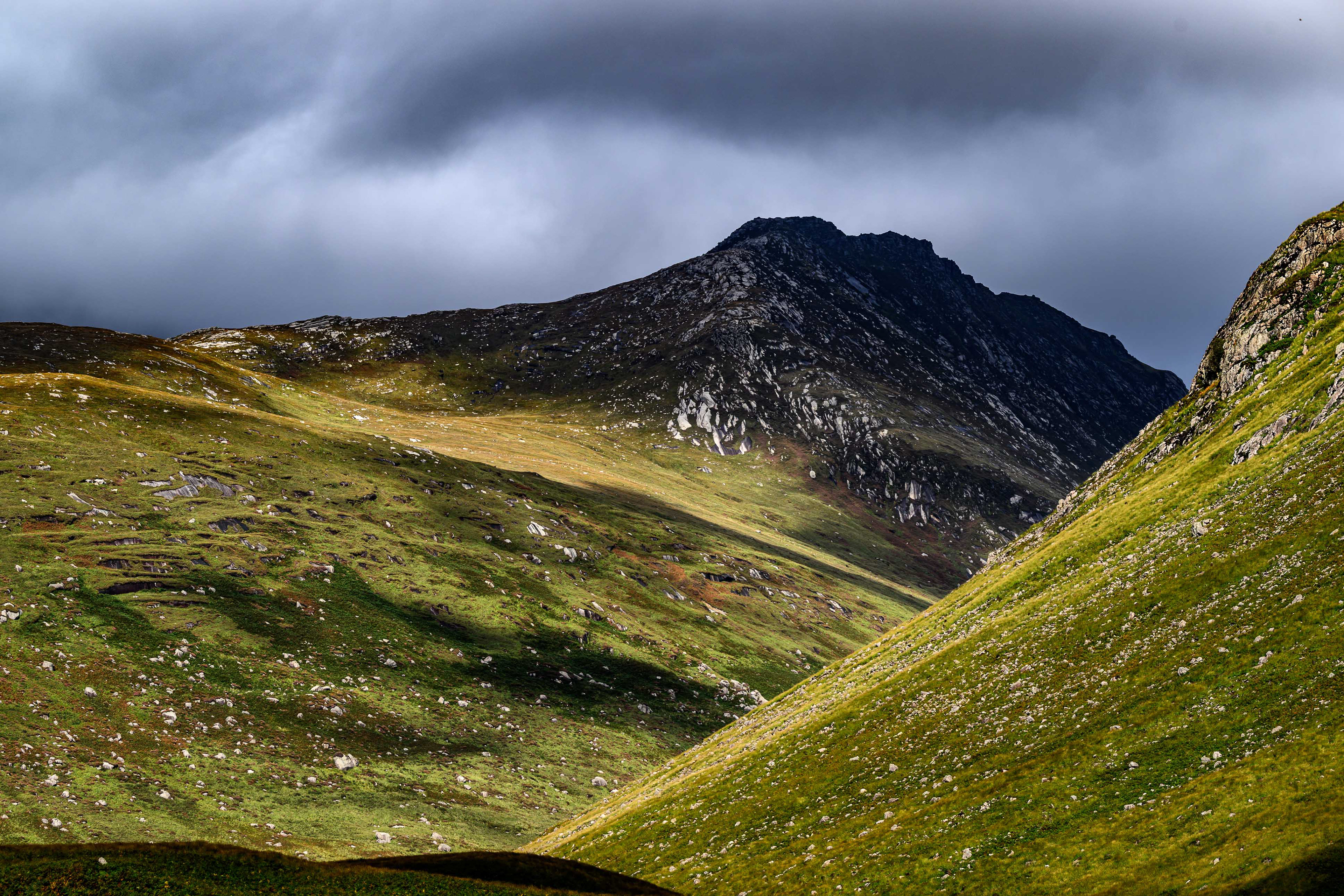
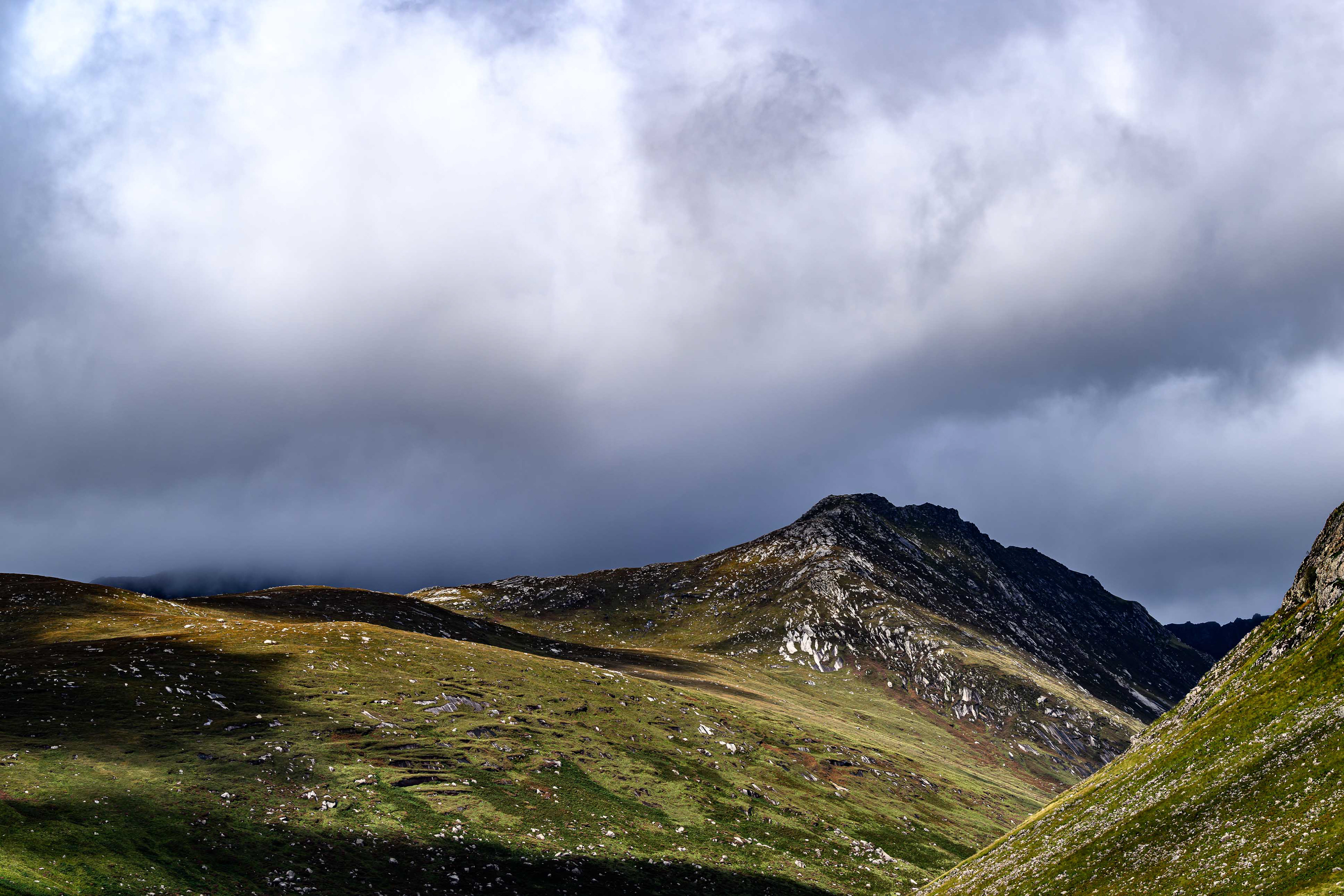
Yet Glen Rosa is not all sorrow. The Victorians came with sketchbooks and wide eyes, calling Arran “Scotland in miniature.” They marvelled at the glen’s beauty, rode their ponies up the track, and dreamed themselves adventurers in some Highland wilderness. Perhaps they felt what the island folk already knew: that Glen Rosa is a place of enchantment, where every stone and stream holds a story.
Now, if you walk there, you may see the mossy outlines of shielings, the ruins of old steadings, the faint lines of walls long forgotten. But look closer. In the right light, the stones seem to stir, as though the past has only just slipped beyond sight. Step softly, for you are never truly alone in Glen Rosa. The fair folk may still keep watch from the corries, and the voices of the old families are not so far away.
And so the glen endures, wild, beautiful, and alive with memory. It is not merely a valley between mountains, but a threshold between worlds. Walk there with respect, and Glen Rosa will let you pass. Walk without listening, and you may find the mists close in around you, and the path vanish beneath your feet.
"This tale is a piece of storytelling inspired by Glen Rosa, weaving folklore, history and imagination together. It is not a factual account, but a way of capturing the spirit of the place."
